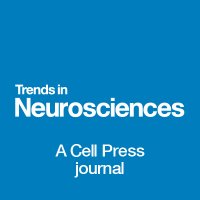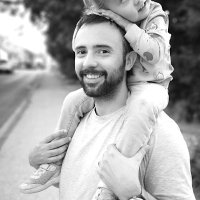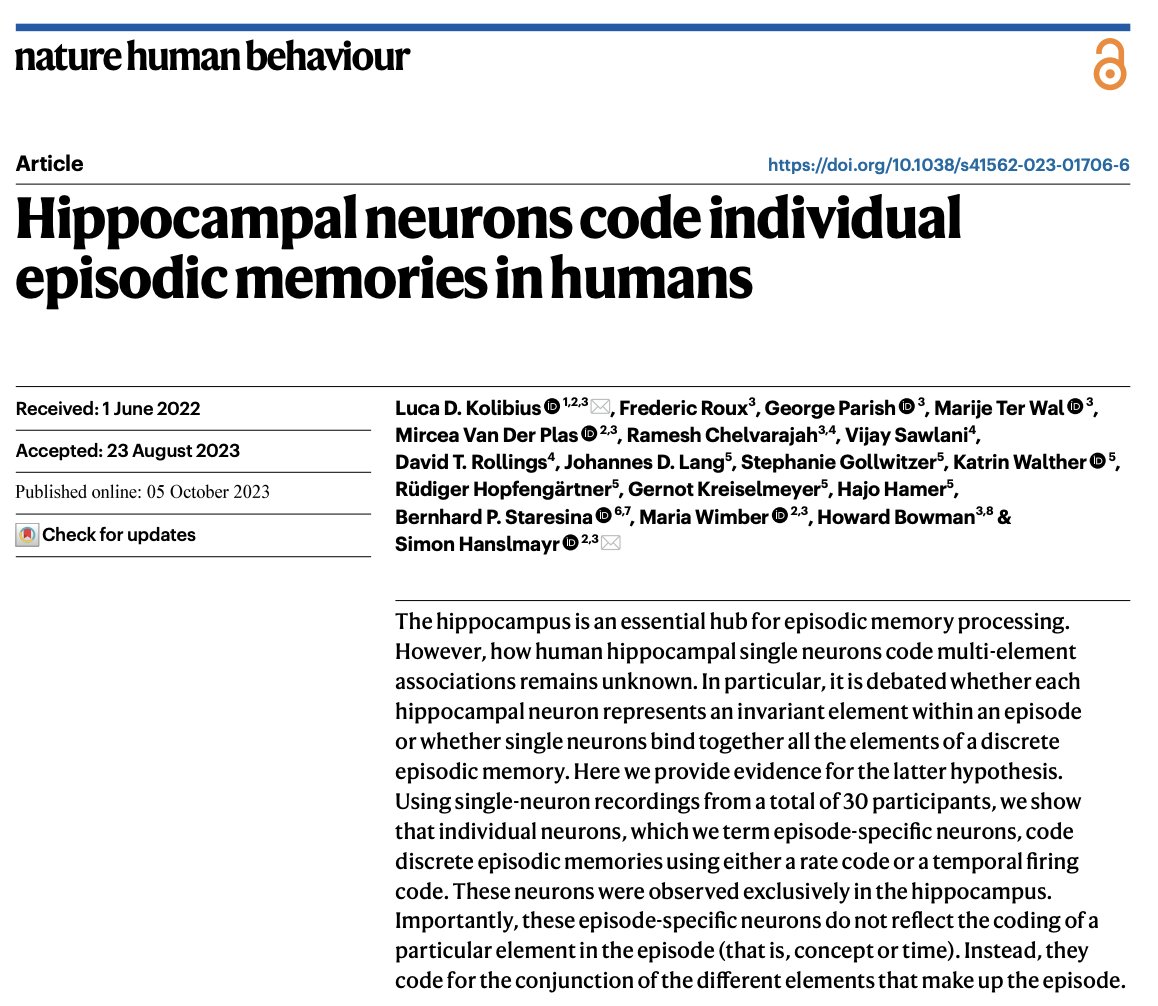
Mikael Johansson
@billbopbop
Cognitive Neuroscientist | Memory | Professor at Lund University
ID: 418177333
https://tinyurl.com/yc8yryrv 21-11-2011 21:14:43
531 Tweet
163 Followers
297 Following

new review paper w/ @rtg2753 Yael Niv @yaelniv.bsky.social and Franklab_LNCC! we discuss multiple mechanisms by which memory is improved/structured by emotionally relevant events, inc. classic ‘affect’ and our more recent work on ‘prediction’ (prediction-error) route💥 (1/6) doi.org/10.1016/j.tics…



When we anticipate the future, several brain areas show graded representations of the future and the past. These representations reach further in hippocampus and more anterior regions. Proud of this work by Hannah Tarder-Stoll, a collab w/ Chris Baldassano! biorxiv.org/content/10.110…

'Gamma oscillations and episodic memory' Trends in Neurosciences Review by Benjamin J. Griffiths @b_j_griffiths & Ole Jensen @neuosc cell.com/trends/neurosc…


🎉 Many of you already know, but I'm thrilled to be joining New York University Psychology as an Assistant Professor this fall. I'll be looking for at least one postdoc, a lab manager, and I will be recruiting PhD students. Please retweet and stay tuned for details! (1/2)


It's that time of year again! The Wynn Lab is recruiting a motivated graduate student to work on eyetracking studies of memory, attention, and aging UniversityOfVictoria. Check out wynnlab.org to find out more about our research and how to apply.



Throughout 2023, Mike Anderson Michael Anderson and I worked on a theory article on Neural Mechanisms of Domain-General Inhibitory Control, now out Trends in Cognitive Sciences. I've admired Mike's work forever. It's been an honor & pleasure to work on this with him. See sciencedirect.com/science/articl…

People are more adept at deriving and retaining associative inferences when the source of the information is a member of one’s own ingroup, potentially contributing to the spread of biased beliefs. Mikael Johansson Inês Bramão nature.com/articles/s4427…


New paper with @BernhardSpitzer , investigating WM through miniature eye movements. We found that, even during attempted fixation, gaze patterns not only reflect memory content but also capture its dynamic evolution over time. Available on Nature Human Behaviour nature.com/articles/s4156…


Excited to see this one out! Eye movements reinstate remembered locations during episodic simulation. Schacter Memory Lab sciencedirect.com/science/articl…

Tarek Amer and I are recruiting a fully funded postdoc to work on studies of memory, visual attention, and aging UniversityOfVictoria. Please share and get in touch!





What began as a slightly intoxicated walk on Huntington beach in California with my buddy @b_j_griffiths last summer, ended in a published paper today in Communications Psychology. (1/7)

How deep and how fast do we process a word before saccading to it during natural reading? Using MEG w/ rapid invisible freq tagging, Yali Pan(The Centre for Human Brain Health) shows we process parafoveal words super fast at the semantic level before saccading to them doi.org/10.7554/eLife.…



